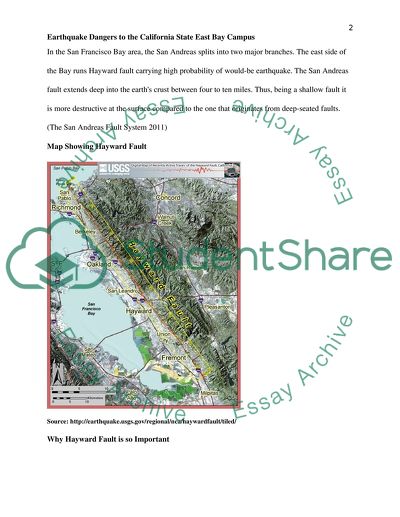Cite this document
(Earthquake Dangers to the California State East Bay Campus Research Paper, n.d.)
Earthquake Dangers to the California State East Bay Campus Research Paper. Retrieved from https://studentshare.org/geography/1762443-geology
Earthquake Dangers to the California State East Bay Campus Research Paper. Retrieved from https://studentshare.org/geography/1762443-geology
(Earthquake Dangers to the California State East Bay Campus Research Paper)
Earthquake Dangers to the California State East Bay Campus Research Paper. https://studentshare.org/geography/1762443-geology.
Earthquake Dangers to the California State East Bay Campus Research Paper. https://studentshare.org/geography/1762443-geology.
“Earthquake Dangers to the California State East Bay Campus Research Paper”, n.d. https://studentshare.org/geography/1762443-geology.


